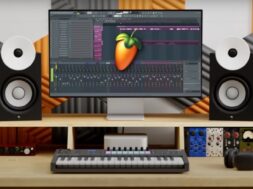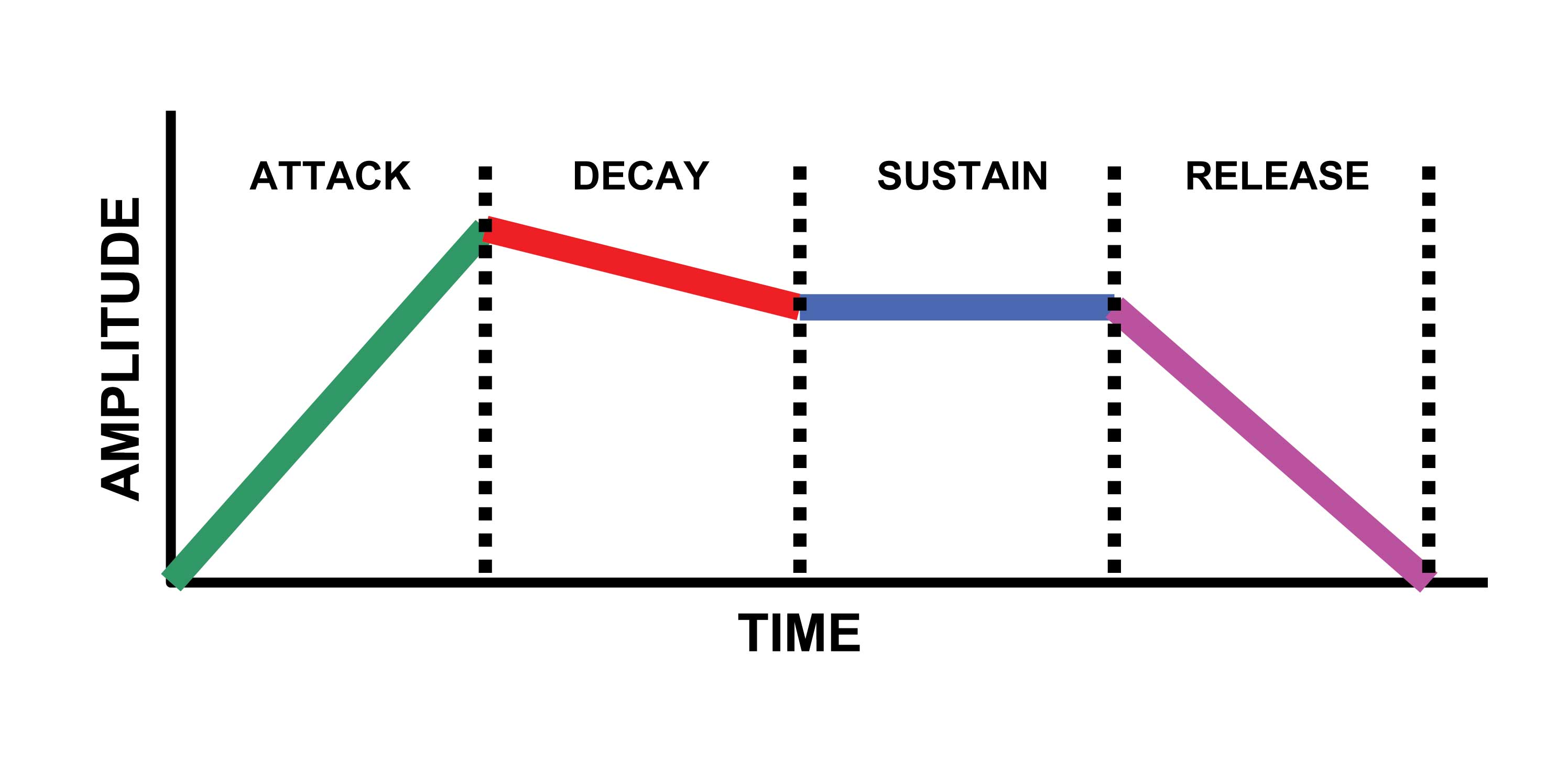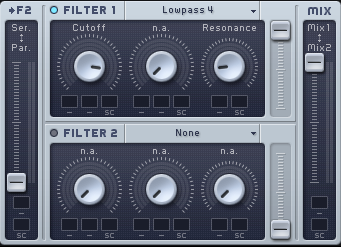
Audio Compressors Detailed And Explained – Settings (Part 2)
After explaining what common functions come with audio compressors in part 1 of our tutorial series, today we decided to take on a few particular settings coming with this mixing technique used in every song that claims a studio quality.
Now we are going to look at a few different techniques such as New York Drum compression or sidechain compression while finding out what effect do they generate when applied to your brand new tracks. Let’s see how this goes while trying to grasp some knowledge so we can apply it the next time we hit the studio to record.
A common question related to compressors points out a draft settings scheme that can be applied to a certain section, for example the drums. Just so you know, there is no such thing and if you want to master or mix a certain fragment in your song, you need to work those buttons all by yourself so the best quality is obtained after the process. Every project, mix or sound needs to be processed this way and you won’t find any draft presets to save the day when it comes to compression and mixing levels.
A good starting point relates to setting the compressor different for sustained sounds as for transient sounds but there’s a lot of tweaking that needs to be done to obtain a good result for you. Another technique you can use to improve your sound quality is the Soft Knee that can be applied to increase the ratio of compression slightly before the set threshold-point followed close by the Hard Knee, easily to be applied with a complete ratio of compression exactly from where you set the threshold-point when mixing songs.
A very nice compression kick is the New York Drum Technique (or Technique). This uses a compression and a drum technique at the same time and basically you combine a heavily compressed set of drums to give more power to the sound. If you never tried this before you should definitely start now and if you pay attention to the video you’ll find a detailed example exposing you to every step with or without compression.
Another common word when it comes to compressing is “sidechaining” and you can find out everything about that by pressing play for the rest of the tutorial placed on top of this post. Don’t forget to tell us your favorite compression method. We wanna know!



